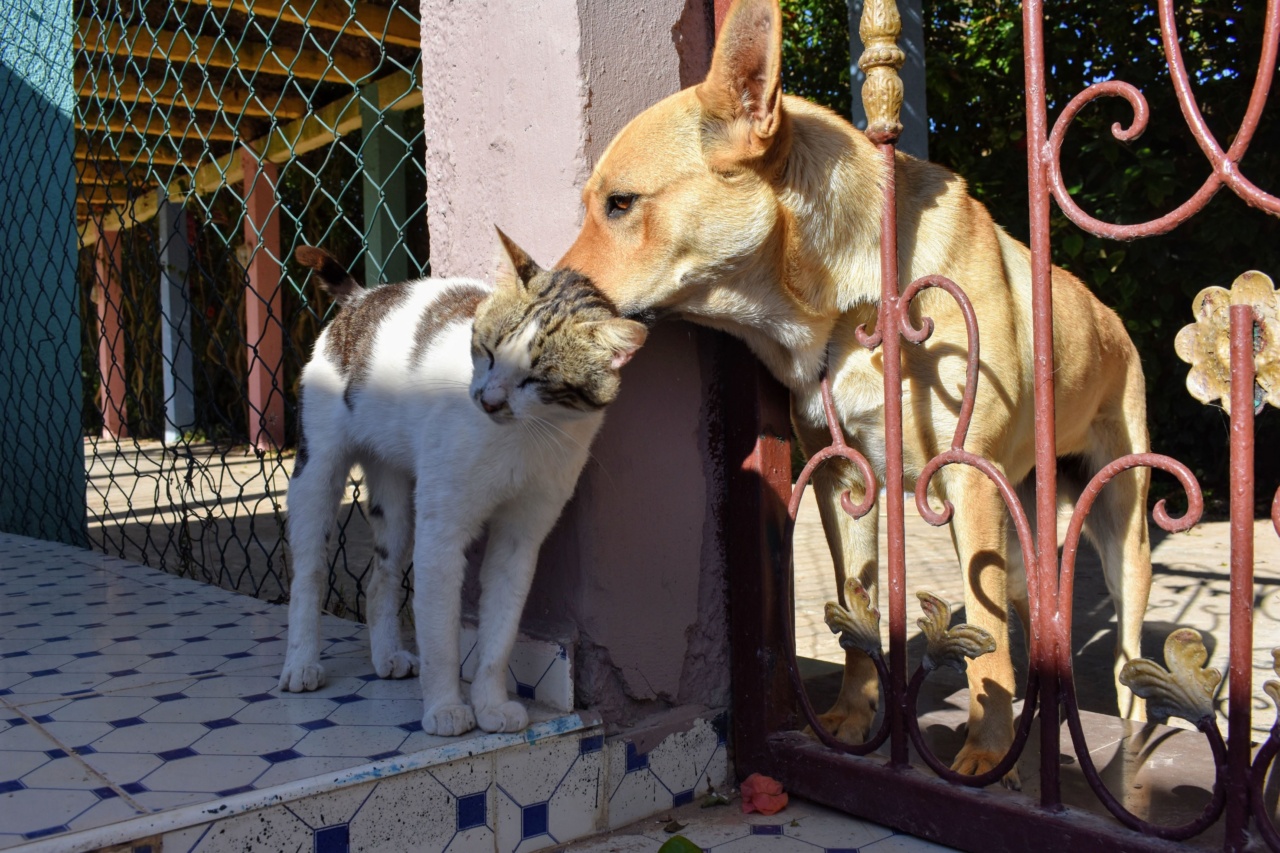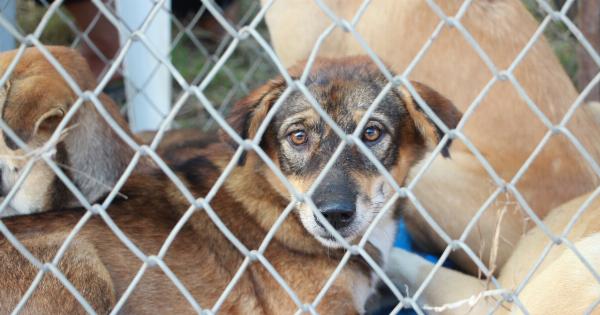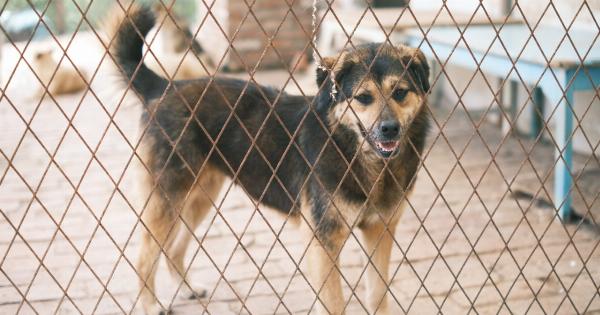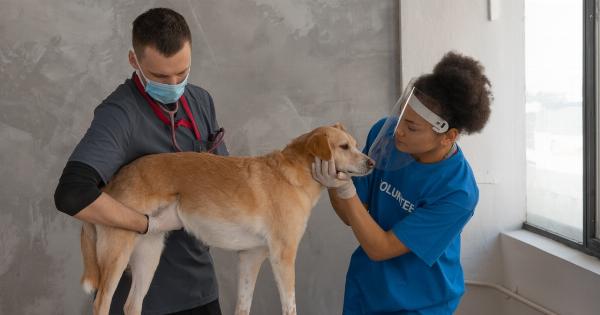It’s not an uncommon sight to find an injured animal on the streets, especially in bigger cities with numerous strays. Often times, the first instinct is to call animal control.
However, in emergency situations, you may not have the time to wait for animal control to arrive. Knowing how to help an injured dog or cat you find can save their life and provide them with the medical attention they need.
1. Approach With Caution
Approaching an injured animal can be dangerous not only for the animal but also for you. Injured dogs and cats are in pain and may act aggressively towards anyone trying to help them.
As such, approach with caution and be on the lookout for any signs of aggression.
2. Assess the Situation
Before you do anything, assess the situation and the animal’s condition. If the animal is in a dangerous area such as a busy road or near a fire, call animal control immediately. If the animal is in a safe area, proceed to assess their condition.
You can do this by observing their behavior and looking for any signs of injuries such as bleeding, limping, or crying.
3. Secure the Animal
If possible, secure the animal to prevent them from causing further harm to themselves or others. You can use a leash, a blanket, or a towel to wrap them up and prevent them from moving around too much.
4. Stop Any Bleeding
If the animal is bleeding, apply pressure to the wound with a clean, dry cloth. Do not apply tourniquets or attempt to remove any foreign objects from the wound as this can cause further harm.
5. Keep Them Warm
Injured animals can easily go into shock, which can be life-threatening. Keep them warm by wrapping them up in a blanket or towel.
6. Provide Water
If the animal is conscious and responsive, offer them some water. Do not force them to drink as they may be too injured to do so.
7. Seek Medical Attention
It’s important to seek veterinary care as soon as possible. Injuries that may seem minor can quickly turn into serious health issues if left untreated.
Once you have assessed the animal’s condition and secured them, transport them to the nearest animal hospital or veterinary clinic.
8. Contact Local Animal Shelters
Contact local animal shelters to inform them of the situation. They may be able to provide additional support and resources for the animal’s recovery.
9. Follow Up
Once the animal is in the care of a veterinarian or animal shelter, follow up on their condition. Offer any support you can and stay informed on their progress.
10. Spread the Word
Spread the word about the animal you found to increase the likelihood of their owner being found or to find a new home for them if they are a stray. Use social media, post flyers in the area, and contact local pet rescue organizations.






























